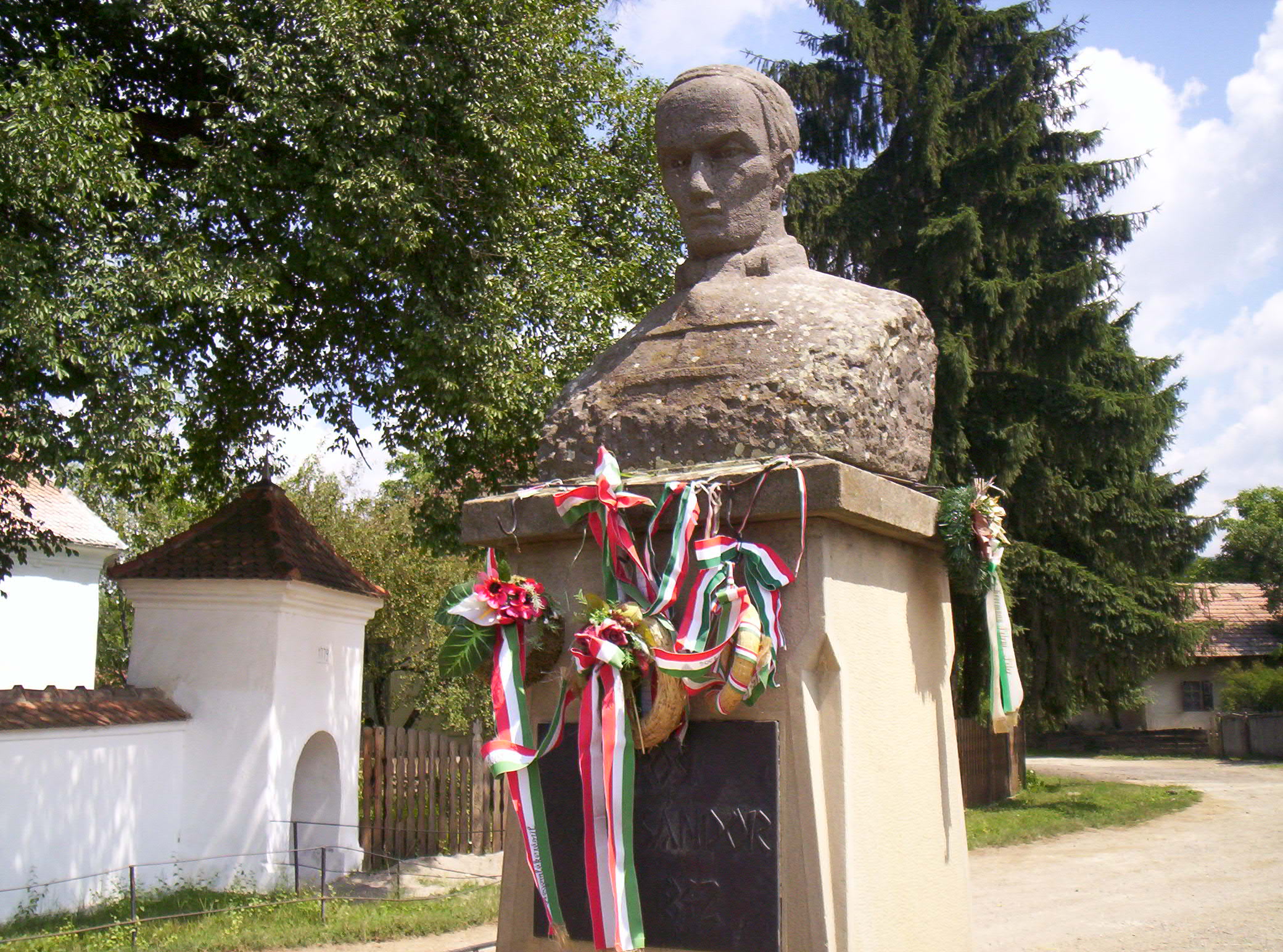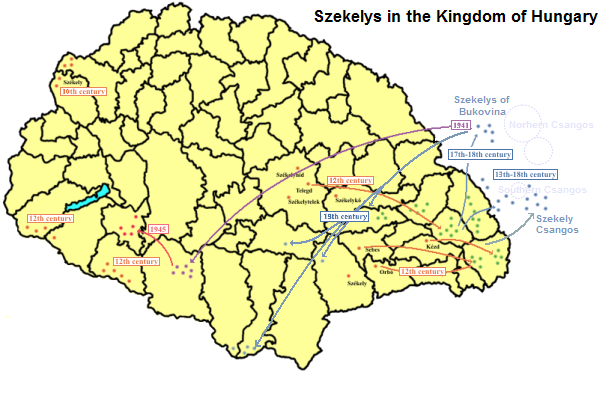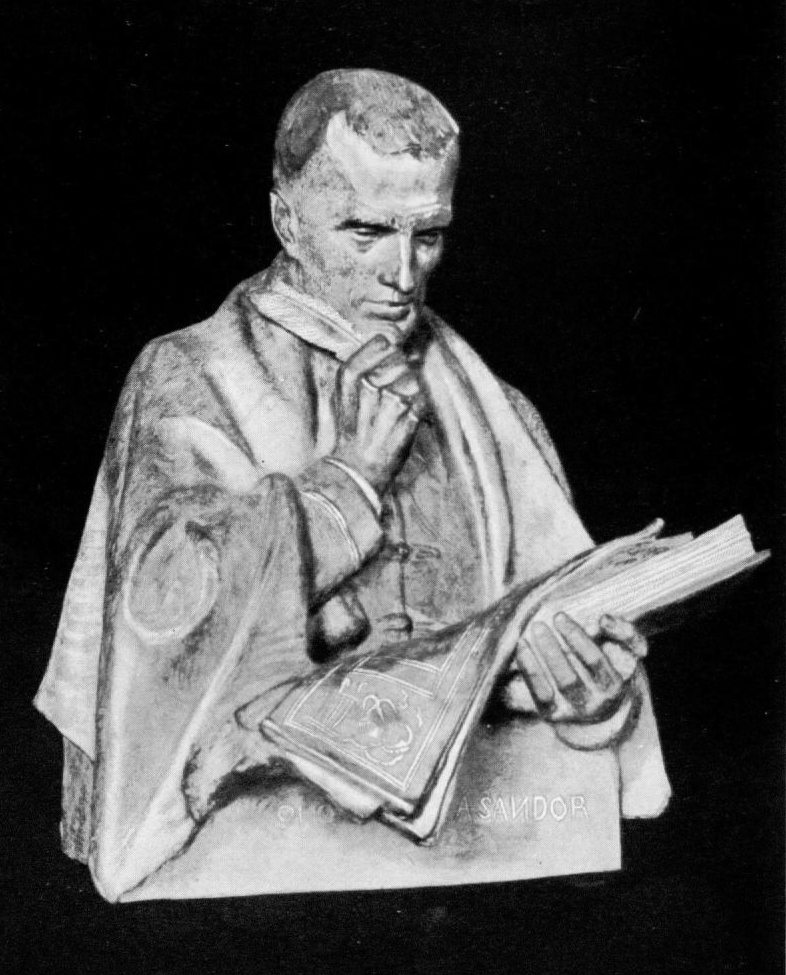|
Covasna
Covasna (, hu, Kovászna, , german: Kowasna) is a town in Covasna County, Transylvania, Romania, at an altitude of . It is known for its natural mineral waters and mofettas. The town administers one village, Chiuruș ( hu, Csomakőrös). The village has a population of 451 and has an absolute Székely Hungarian majority. Before Orbaiszék merged with Sepsiszék and Kézdiszék to create Háromszék County, in 1876, Covasna was the capital village of Orbaiszék. Name origin There are several theories regarding the origin of the city's name, the most recognized one being that it originates from the Slavic ''kvas'', which means "bitter", referring to the taste of the mineral water springs located in the city. According to Szabó Gyula (1914–1984), some legends suggest that the name of ''Kovászna'' might have been the result of a fusion between the name of "''Kó''" and the word "''vászon''" (it means ''canvas'' in Hungarian), thus meaning "''Kó's canvas''". Theories sugg ... [...More Info...] [...Related Items...] OR: [Wikipedia] [Google] [Baidu] |
Covasna County
Covasna County (, hu, Kovászna megye, ) is a county ( județ) of Romania, in eastern Transylvania, with the county seat at Sfântu Gheorghe. Demographics In 2011, it had a population of 210,177, making it the second least populous of Romania's 41 counties and the population density was . In 2002 the ethnic composition of the county was as follows: * Hungarians – 73.58% (or 164,158) * Romanians – 23.28% (or 51,790) * Romani – 2.68% (or 5,973) According to the 2011 census, the composition of the county was: * Hungarians – 73.74% (or 150,468) * Romanians – 22.02% (or 45,021) * Romani – 4.05% (or 8,267) * Others - 0.19% Covasna County has the second-greatest percentage of Hungarian population in Romania, just behind the neighboring county of Harghita. The Hungarians of Covasna are primarily Székelys. Geography Covasna county has a total area of . The main part of the relief consists of mountains from the Eastern Carpathians group. Most localities can be found ... [...More Info...] [...Related Items...] OR: [Wikipedia] [Google] [Baidu] |
Covasna
Covasna (, hu, Kovászna, , german: Kowasna) is a town in Covasna County, Transylvania, Romania, at an altitude of . It is known for its natural mineral waters and mofettas. The town administers one village, Chiuruș ( hu, Csomakőrös). The village has a population of 451 and has an absolute Székely Hungarian majority. Before Orbaiszék merged with Sepsiszék and Kézdiszék to create Háromszék County, in 1876, Covasna was the capital village of Orbaiszék. Name origin There are several theories regarding the origin of the city's name, the most recognized one being that it originates from the Slavic ''kvas'', which means "bitter", referring to the taste of the mineral water springs located in the city. According to Szabó Gyula (1914–1984), some legends suggest that the name of ''Kovászna'' might have been the result of a fusion between the name of "''Kó''" and the word "''vászon''" (it means ''canvas'' in Hungarian), thus meaning "''Kó's canvas''". Theories sugg ... [...More Info...] [...Related Items...] OR: [Wikipedia] [Google] [Baidu] |
Székelys
The Székelys (, Székely runes: 𐳥𐳋𐳓𐳉𐳗), also referred to as Szeklers,; ro, secui; german: Szekler; la, Siculi; sr, Секељи, Sekelji; sk, Sikuli are a Hungarian subgroup living mostly in the Székely Land in Romania. A significant population descending from the Székelys of Bukovina lives in Tolna and Baranya counties in Hungary and certain districts of Vojvodina, Serbia. In the Middle Ages, the Székelys played a role in the defense of the Kingdom of Hungary against the Ottomans in their posture as guards of the eastern border. With the Treaty of Trianon of 1920, Transylvania (including the Székely Land) became part of Romania, and the Székely population was a target of Romanianization efforts. In 1952, during the communist rule of Romania, the former counties with the highest concentration of Székely population – Mureș, Odorhei, Ciuc, and Trei Scaune – were legally designated as the Magyar Autonomous Region. It was superseded in 1960 ... [...More Info...] [...Related Items...] OR: [Wikipedia] [Google] [Baidu] |
Towns In Romania
This is a list of cities and towns in Romania, ordered by population (largest to smallest) according to the 2002 and 2011 censuses. For the major cities, average elevation is also given. Cities in bold are county capitals. The list includes major cities with the status of ''municipiu'' (103 in total), as well as towns with the status of ''oraș'' (217 in total). Romania has 1 city with more than 1 million residents (Bucharest with 1,883,425 people), 19 cities with more than 100,000 residents, and 178 towns with more than 10,000 residents. Complete list }) , - , , , City ( ro, oraș) , - , Bold , County capital ( ro, reședință de județ) , - See also *List of cities in Europe * List of city listings by country References {{Authority control * Cities in Romania Towns in Romania Romania 2 Romania Romania Cities A city is a human settlement of notable size.Goodall, B. (1987) ''The Penguin Dictionary of Human Geography''. L ... [...More Info...] [...Related Items...] OR: [Wikipedia] [Google] [Baidu] |
Transylvania
Transylvania ( ro, Ardeal or ; hu, Erdély; german: Siebenbürgen) is a historical and cultural region in Central Europe, encompassing central Romania. To the east and south its natural border is the Carpathian Mountains, and to the west the Apuseni Mountains. Broader definitions of Transylvania also include the western and northwestern Romanian regions of Crișana and Maramureș, and occasionally Banat. Transylvania is known for the scenery of its Carpathian landscape and its rich history. It also contains Romania's second-largest city, Cluj-Napoca, and other iconic cities and towns such as Brașov, Sibiu, Târgu Mureș, Alba Iulia and Sighișoara. It is also the home of some of Romania's List of World Heritage Sites in Romania, UNESCO World Heritage Sites such as the villages with fortified churches in Transylvania, Villages with fortified churches, the Historic Centre of Sighișoara, the Dacian Fortresses of the Orăștie Mountains and the Rosia Montana Mining Cultural Landsc ... [...More Info...] [...Related Items...] OR: [Wikipedia] [Google] [Baidu] |
Comandău
Comandău ( hu, Komandó, Hungarian pronunciation: ) is a commune in Covasna County, Transylvania, Romania. It is composed of a single village, Comandău. It formed part of the Székely Land region of the historical Transylvania province. It served as a filming location for season three of the comedy spy-thriller ''Killing Eve. Demographics The commune has an absolute Székelys, Székely Hungarian people, Hungarian majority. According to the 2011 Census it has a population of 1,004 of which 94.32% or 947 are Hungarian. References {{DEFAULTSORT:Comandau Communes in Covasna County Localities in Transylvania ... [...More Info...] [...Related Items...] OR: [Wikipedia] [Google] [Baidu] |
Háromszék County
Háromszék (''Three Seats''; Romanian: ''Trei Scaune'') was an administrative county (comitatus) of the Kingdom of Hungary. Situated in south-eastern Transylvania, its territory is now in central Romania (in the counties of Covasna, Brașov and Bacău). The capital of the county was Sepsiszentgyörgy (now Sfântu Gheorghe). Geography Háromszék county shared borders with Romania and the Hungarian counties Csík, Udvarhely, Nagy-Küküllő, and Brassó. The river Olt flowed through the county. The Carpathian Mountains formed its southern and eastern border. Its area was around 1910. History Háromszék means "three seats". Háromszék County was a combination of three seats of the Székelys: Kézdiszék, Orbaiszék, and Sepsiszék (plus some villages of the former Felső-Fehér County). The county was formed in 1876, when the administrative structure of Transylvania was changed. In 1920, under the Treaty of Trianon, the county became part of Romania under the name Trei S ... [...More Info...] [...Related Items...] OR: [Wikipedia] [Google] [Baidu] |
Sándor Kőrösi Csoma
Sándor Csoma de Kőrös (; born Sándor Csoma; 27 March 1784/811 April 1842) was a Hungarian people, Hungarian philologist and Orientalist, author of the first Standard Tibetan, Tibetan–English language, English dictionary and grammar book. He was called Phyi-glin-gi-grwa-pa in Tibetan, meaning "''the foreign pupil''", and was declared a ''bosatsu'' or bodhisattva by the Japanese in 1933. He was born in Kőrös, Grand Principality of Transylvania (today part of Covasna, Romania). His birth date is often given as 4 April, although this is actually his baptism day and the year of his birth is debated by some authors who put it at 1787 or 1788 rather than 1784. The Magyars, Magyar ethnic group, the Székelys, to which he belonged believed that they were derived from a branch of Attila's Huns who had settled in Transylvania in the fifth century. Hoping to study the claim and to find the place of origin of the Székelys and the Magyars by studying language kinship, he set off to Asi ... [...More Info...] [...Related Items...] OR: [Wikipedia] [Google] [Baidu] |
Romania
Romania ( ; ro, România ) is a country located at the crossroads of Central Europe, Central, Eastern Europe, Eastern, and Southeast Europe, Southeastern Europe. It borders Bulgaria to the south, Ukraine to the north, Hungary to the west, Serbia to the southwest, Moldova to the east, and the Black Sea to the southeast. It has a predominantly Temperate climate, temperate-continental climate, and an area of , with a population of around 19 million. Romania is the List of European countries by area, twelfth-largest country in Europe and the List of European Union member states by population, sixth-most populous member state of the European Union. Its capital and largest city is Bucharest, followed by Iași, Cluj-Napoca, Timișoara, Constanța, Craiova, Brașov, and Galați. The Danube, Europe's second-longest river, rises in Germany's Black Forest and flows in a southeasterly direction for , before emptying into Romania's Danube Delta. The Carpathian Mountains, which cross Roma ... [...More Info...] [...Related Items...] OR: [Wikipedia] [Google] [Baidu] |
Mofetta
Mofetta (Italian from Latin ''mephītis'', a pestilential exhalation) is a name applied to a volcanic discharge consisting chiefly of carbon dioxide, often associated with other vapours, representing the final phase of volcanic activity. The Oxford Dictionary of English lists ''mofetta'' as an archaic term for the modern word fumarole. The word is used in the plural as ''mofette'', or, following the French fashion, ''mofettes''. The volcanic vents yielding the emanations are themselves called mofette. They are not uncommon in Auvergne and in the Eifel, notably on the shore of the Laacher See; whilst other examples are furnished by the Grotta del Cane, near Pozzuoli, the Valley of Death in Java, the Death Gulch in the Yellowstone Park and the series of mofette in Romania's Harghita and Covasna counties. Depending on the mineral content of the different vapours, mofette may be used for therapeutic purposes as well. As carbon dioxide is heavier than the air, patients can use ... [...More Info...] [...Related Items...] OR: [Wikipedia] [Google] [Baidu] |
Cobasna
Cobasna (Moldovan Cyrillic: Кобасна; , ''Kovbasna''; , ''Kolbasnaya'') is a commune in northern Transnistria, Moldova that is composed of three villages: Cobasna, Cobasna station, and Suhaia Rîbnița. It is controlled by the self-proclaimed authorities of Transnistria. It is located 2 km from the border with Ukraine, in Rîbnița District. Cobasna is the site of a Russian, and formerly Soviet, ammunition depot known as the Cobasna ammunition depot. It has been referred to as the largest in Eastern Europe. The majority of the original ammunition has either disappeared or has been removed from Cobasna under Organization for Security and Co-operation in Europe (OSCE) supervision. Military equipment which was impractical to remove has undergone on-site destruction as per Moldovan demands that the "weapons dump" of Transnistria be removed. Transnistrian sources claim that the U.S. State Department recognizes that the process of removal of Russian munitions and equipment ... [...More Info...] [...Related Items...] OR: [Wikipedia] [Google] [Baidu] |
Pápa
Pápa is a historical town in Veszprém county, Hungary, located close to the northern edge of the Bakony Hills, and noted for its baroque architecture. With its 32,473 inhabitants (2011), it is the cultural, economic and tourism centre of the region. Pápa is one of the centres of the Reformed faith in Transdanubia, as the existence of numerous ecclesiastical heritage sites and museums suggest. Due to the multitude of heritage buildings the centre of the town is now protected. Pápa has a large historical centre, with renovated old burgher's houses, cafes, and museums, including the Blue-Dyeing Museum (:hu:Kékfestő Múzeum (Pápa), Kékfestő Múzeum), set up in a former factory which produced clothes and other textiles dyed with indigo blue under a unique method. The town is also noted for its thermal baths, particularly a newly constructed swimming complex, the House of Esterházy, Esterházy family's palace, its grand Roman Catholic church, and Calvinist secondary school; ... [...More Info...] [...Related Items...] OR: [Wikipedia] [Google] [Baidu] |



.jpg)


